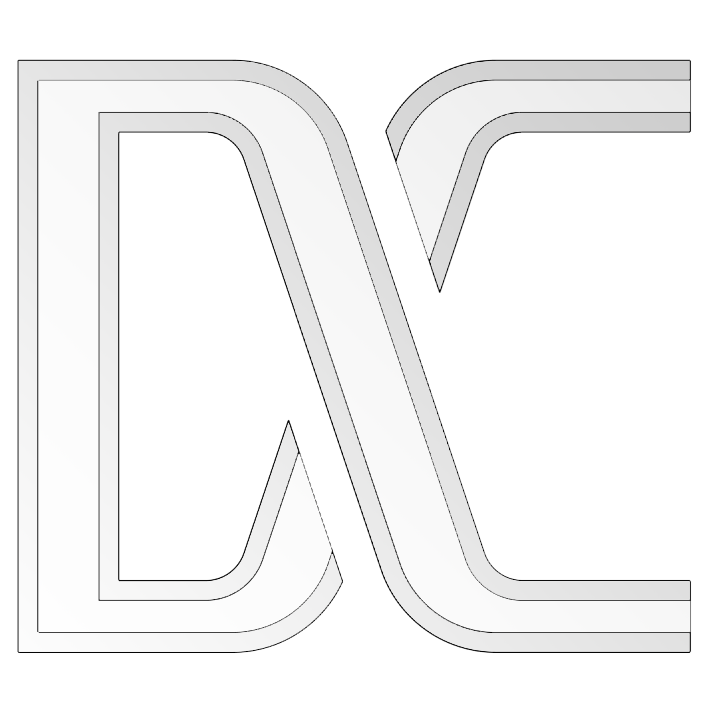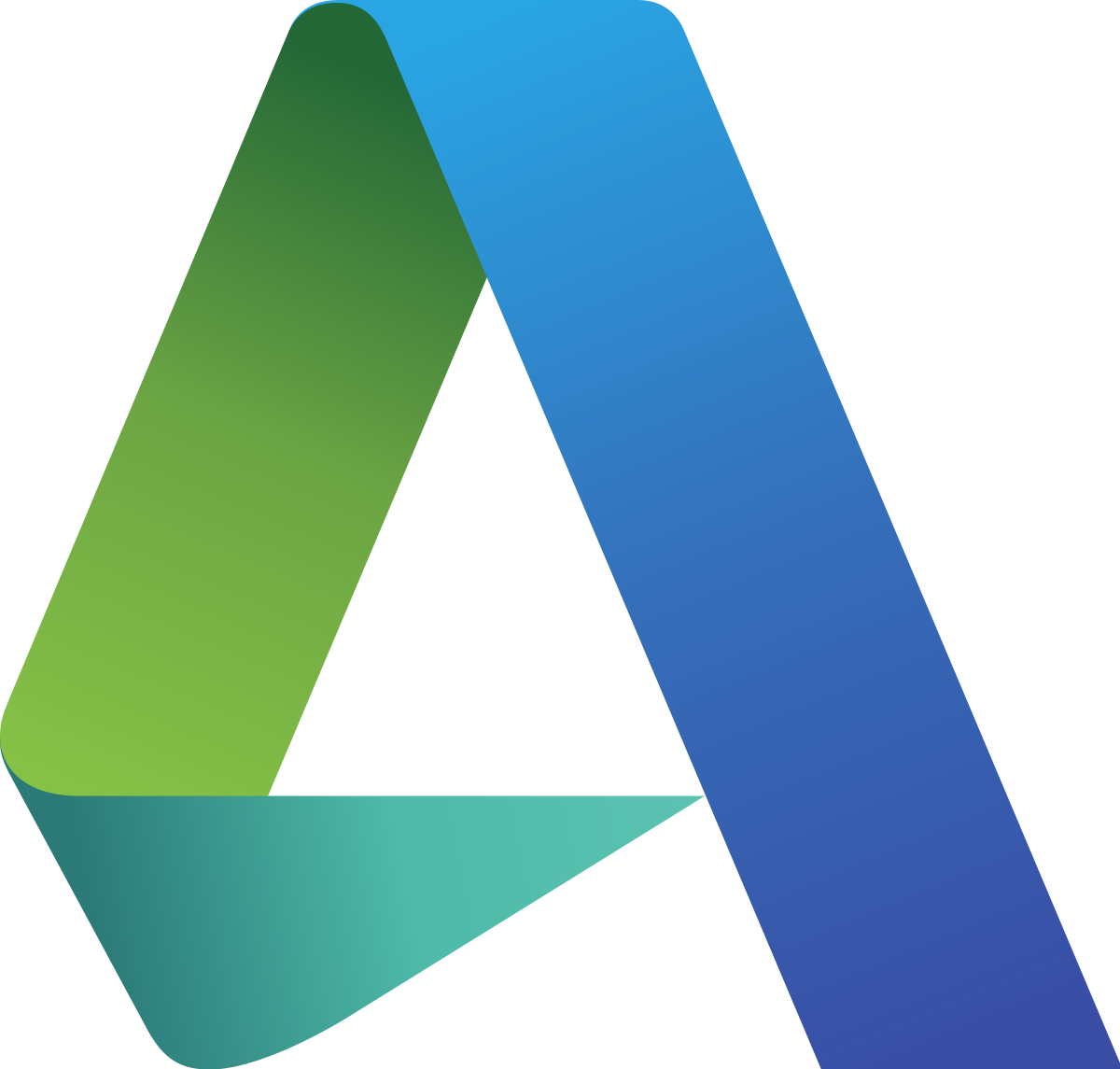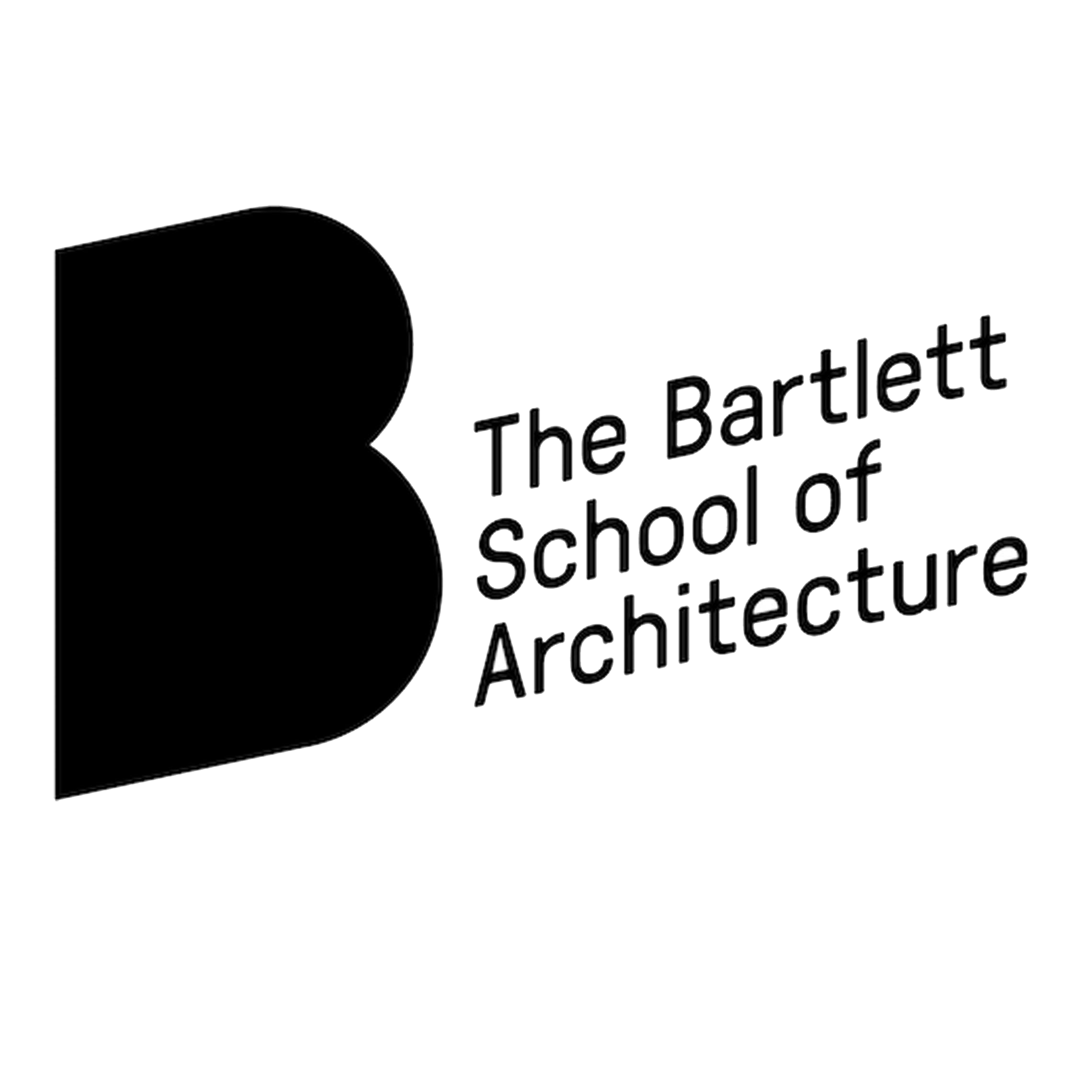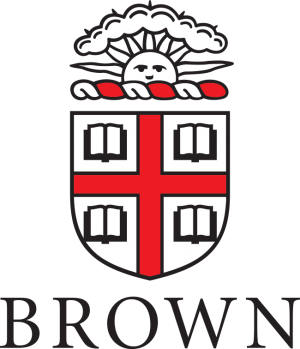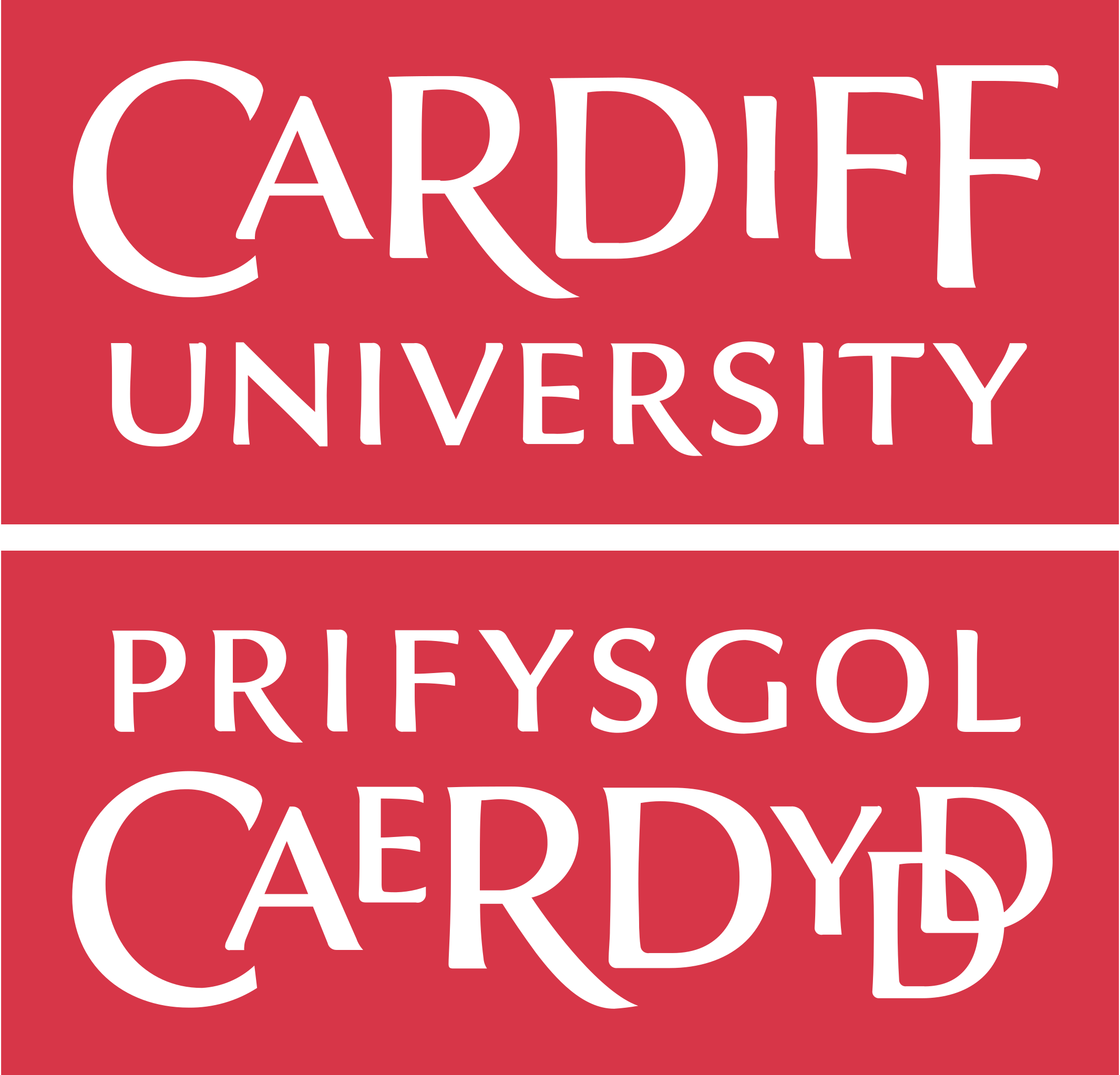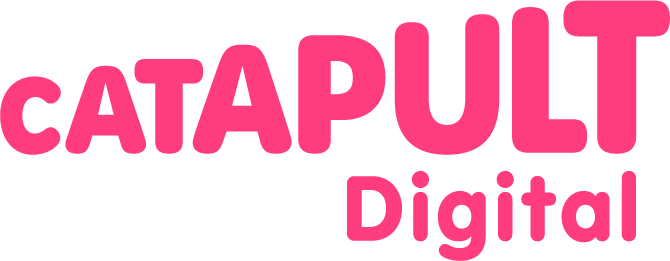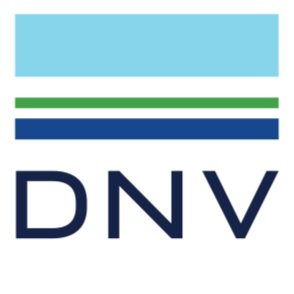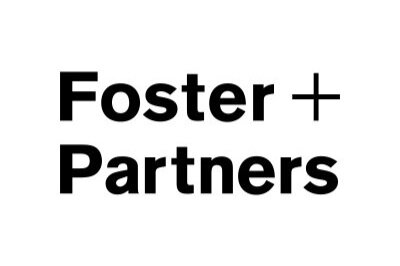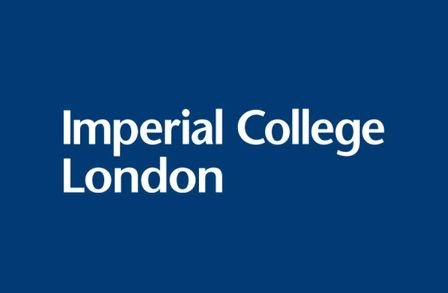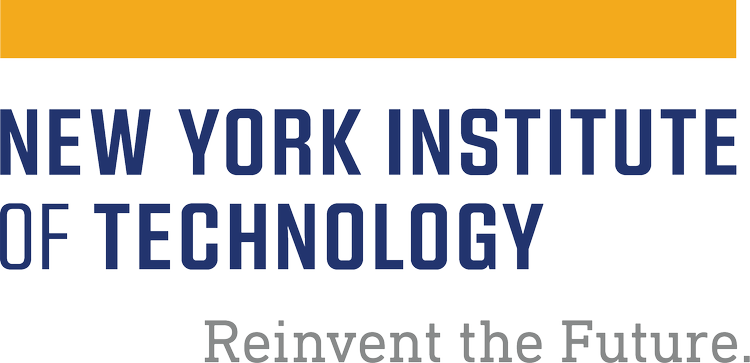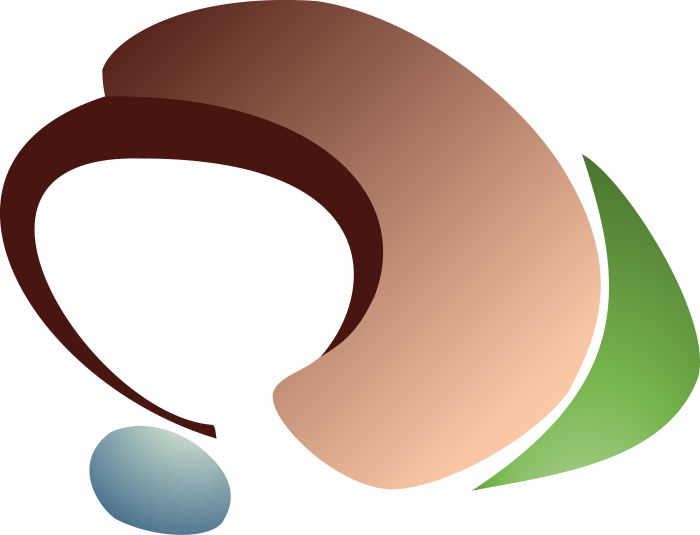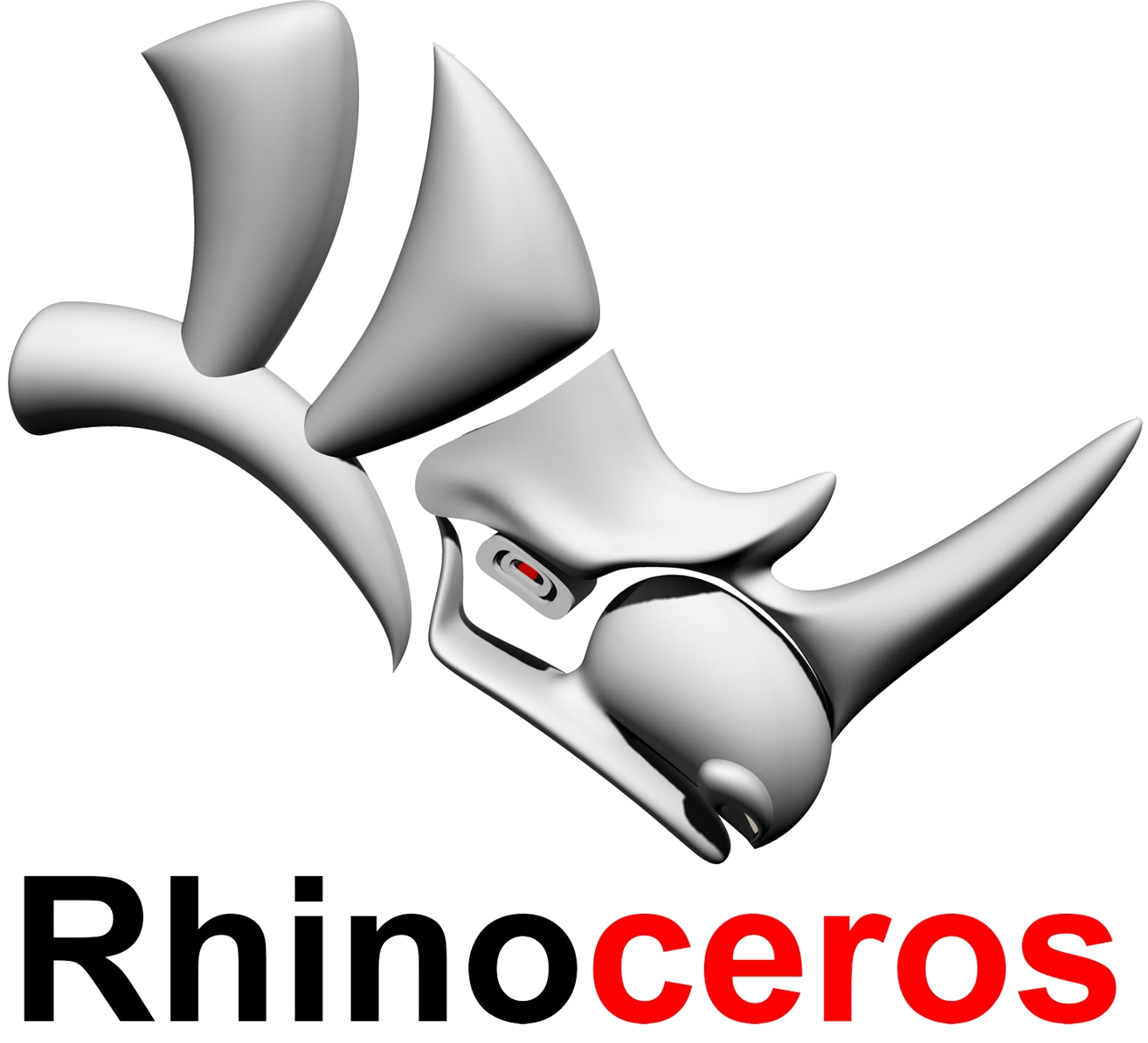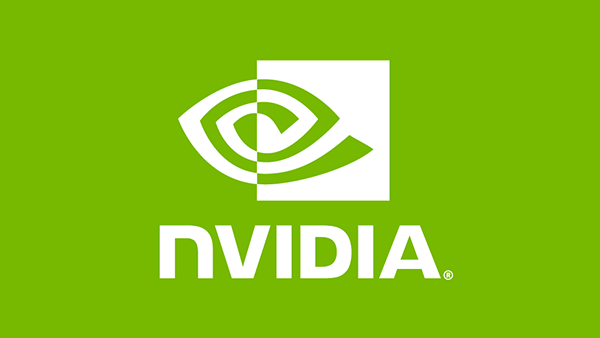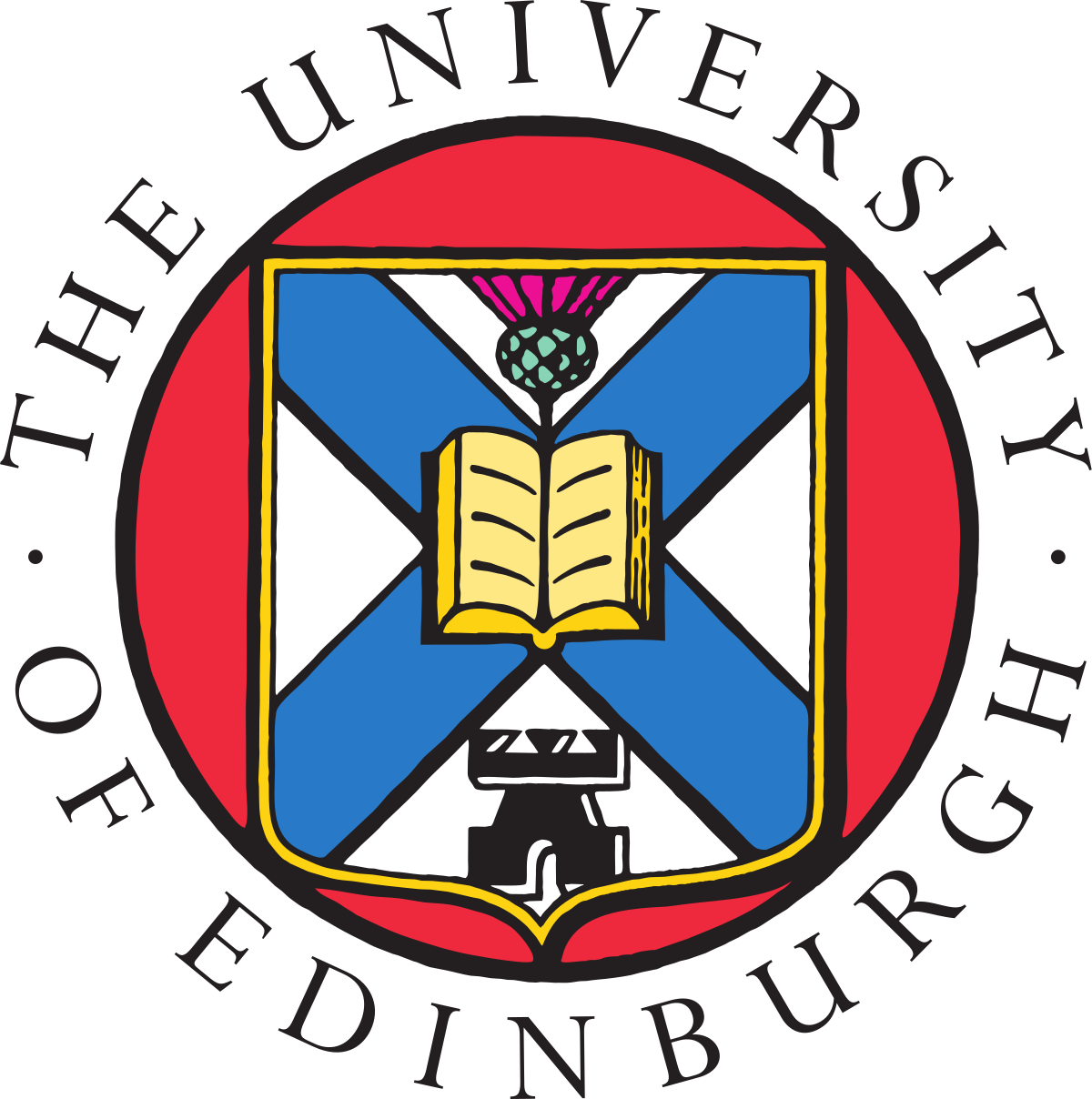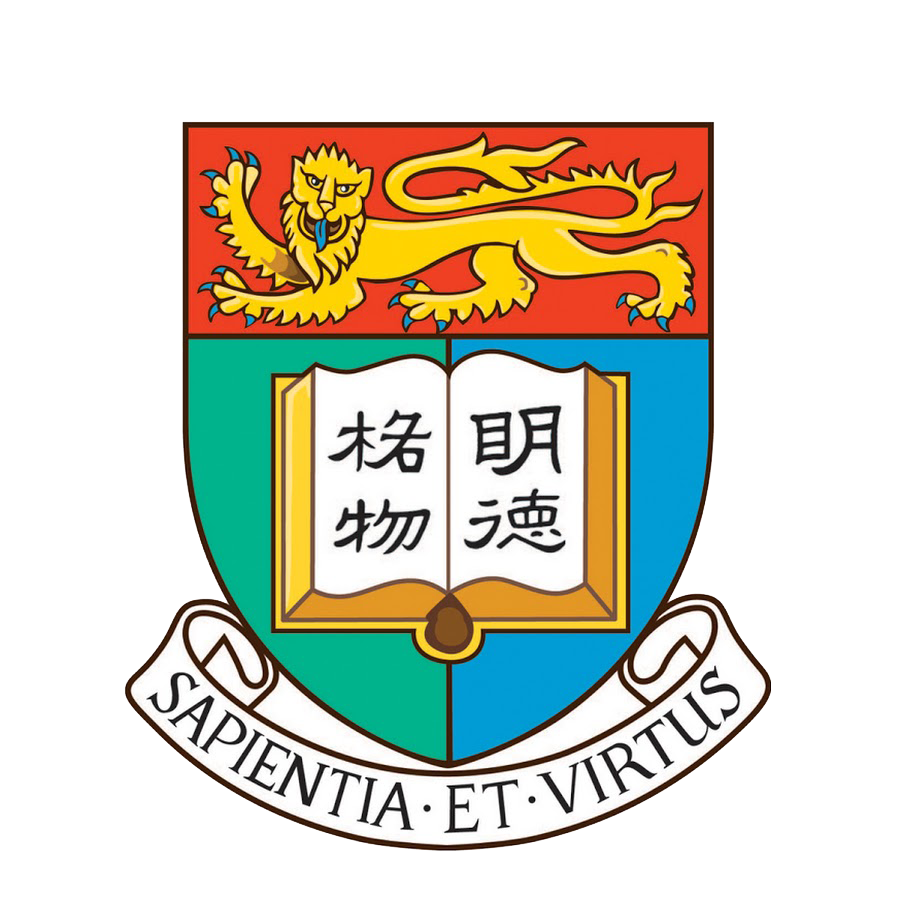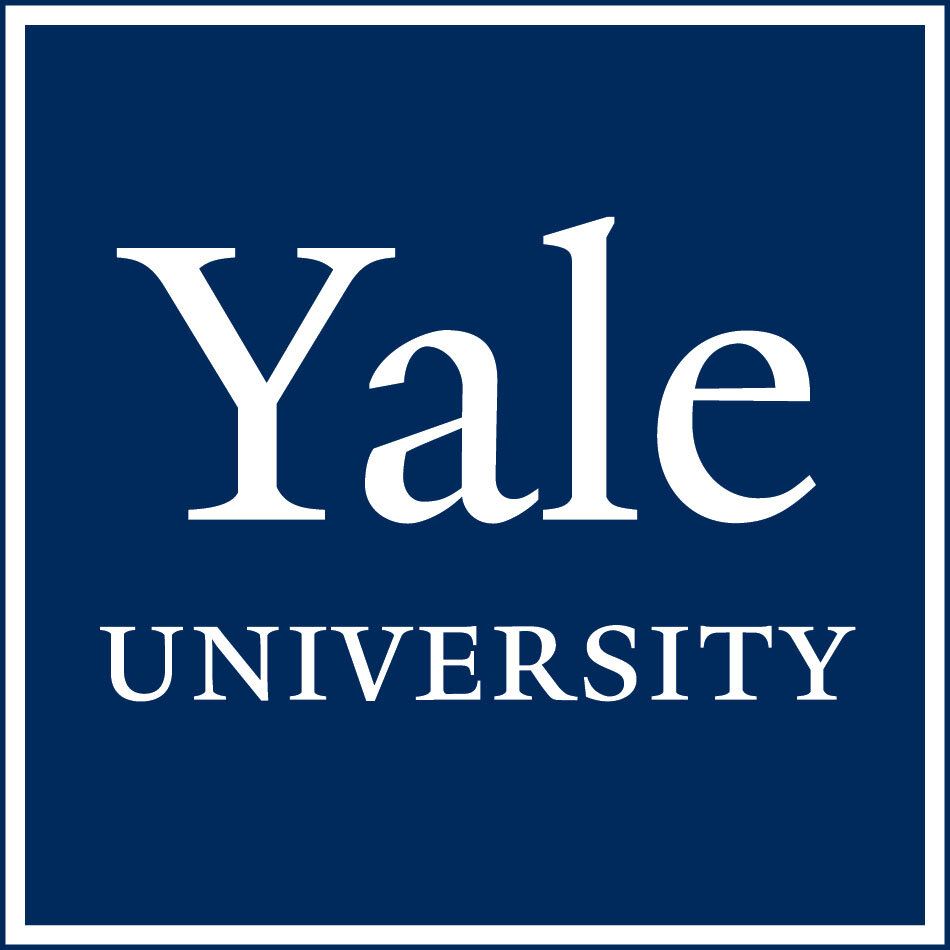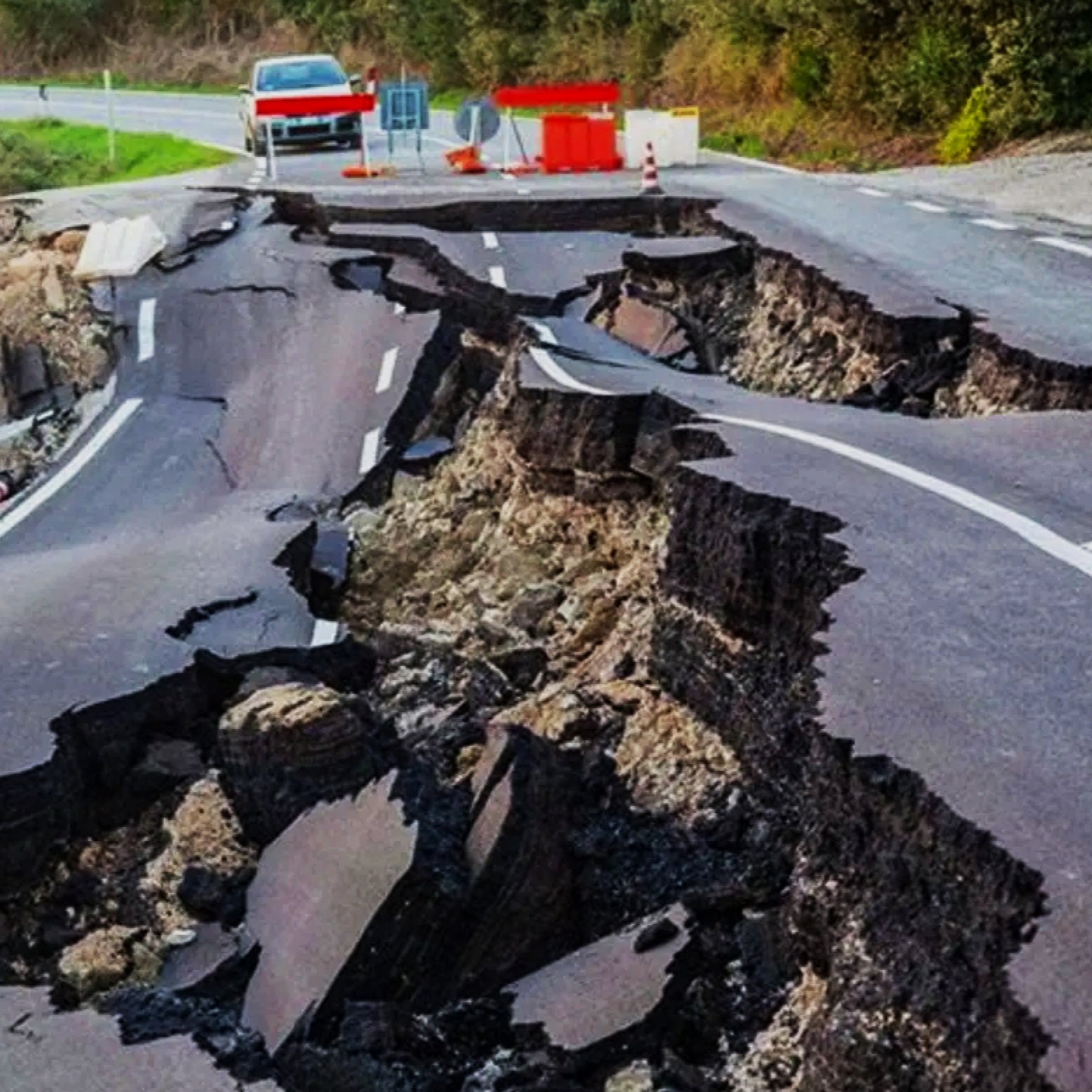About DC I/O
Design Computation Input/Output Conference
Design Computation Input/Output Conferences (DC I/O) aim to further computational design by benefiting designers and coders with the scientific method. It also cross-references the many disciplines of design to evolve and diversify the field of research.
The way DC I/O is organised assists in the understanding of the physical and digital relationships of producing the human-made environment around us. It focuses on the capture of the data and information necessary to inform design, the processes – natural and/or digital – of articulating this data input to accomplishing design, and outcomes of these processes as artefacts, process models and references of study in the domain of computational design.
The conference papers are peer-reviewed and ISBN/DOI published in an annual volume. They include the classic structure of a literature review, hypothesis, methodology and conclusion. However, they also give particular emphasis to the structured statement of the computational method used and how this represents a progression in the field of research.
Accepted papers have to demonstrate testable evidence in the progression of a working hypothesis of the computational method in question. Authors can also opt to publish part or all of their research in the Design Computation Semantic Wiki under the relevant Creative Commons license.
Participating Organizations
The DC I/O 2021 conference committee members come from a number of organisations, including:
Overarching Conference Aims
Computational design can be described as the application of computational strategies to the design process. Whilst designers traditionally rely on intuition and experience to solve design problems, computational design aims to enhance that process by encoding design decisions using a computer language. The goal is not necessarily to document the final result, but rather the steps required to create that result.
The DC I/O conference aims to progress the understanding and application of computational design in relation to current global challenges (WEF and UCL) and current Technological and Industrial developments. This creates a unique opportunity for cross-fertilisation in the theory and practice of the domains of computational design and interactive techniques, inspiring progress through education, excellence, and sharing four fundamental attributes:
Premier status as measured by community loyalty, contributor quality, external recognition, and competitor response.
Leading-edge as recognised by discipline experts and the industry at large.
Effectiveness of education, interaction, and excellence as measured by contributor, committee, and community satisfaction and involvement.
Sustainable continuity as measured by volunteer commitment, community interest, and financial self-sufficiency.
Conference Themes and Topics
DC I/O's primary focus is on the computational design 'Input and Output' and how algorithmic methodologies are used in design to leverage emerging technologies and enable solutions for global challenges. The topics presented here are not exhaustive and the conference is interdisciplinary by nature.
Computational Design
Artificial Architecture; Artificial Intelligence in Design; Assisted Design Decision Making; Augmentation; Automated Design Systems; Bio-Integrated Design; Biomimetics; Building Information Modelling (BIM); Calculation and Design Analysis; Change Management in Design; Computational Analogy; Computational and Parametric Geometry; Computational Creativity; Computational Fluid Dynamics; Computer Supported Collaborative Design (CSCD, CSCW-D); Computer-Aided Design (CAD); Data Visualisation and Analysis for design; Design Cognition; Design For Manufacturing (DFM), Robotics and Automation; Design Knowledge Capture; Design Support Systems; Digital Fabrication; Digital Fabrication; Digital morphogenesis; Documentation Automation; Environments & Ecosystems; Expert and Knowledge-based Systems; Interaction Design; Modelling; Natural navigation; Optimisation; Responsive computer-aided design; Simulation; Topology; Techtonics; Visual and Spatial Modelling; Visualisation & Communication.
Emerging Technologies
3D Sensing Cameras; 5G; Adaptive ML, DigitalOps AI PaaS, Biochips; AI-driven development; AR Cloud; Augmented analytics; Augmented Intelligence; Autonomous Driving Level 5; Autonomous Things; Biotech; Blockchain; Decentralised Autonomous Organisations; Decentralised Web; Digital ethics and privacy; Digital twins; Edge Analytics; Edge Applications; Emotion AI; Explainable AI; Flying Autonomous Vehicles; Generative Adversarial Networks; Graph Analytics; Immersive technologies; Immersive Workspaces; Light Cargo Delivery Drones; Low Earth Orbit Satellite Systems; Nanoscale 3D Printing; Personification; Quantum computing; Smart spaces; Synthetic Data, Knowledge Graphs; Transfer Learning.
Global Challenges
Global heating; Financial sustainability & responsibility; Food security; Future healthcare; Future of the internet; Future of work/unemployment; Gender equality; Global trade; Green economy; Inclusive growth; International monetary fund; Long-term investment; Recessions; Regulatory frameworks; Sustainable growth; Trust.
